Written by Jon on September 25, 2013 |
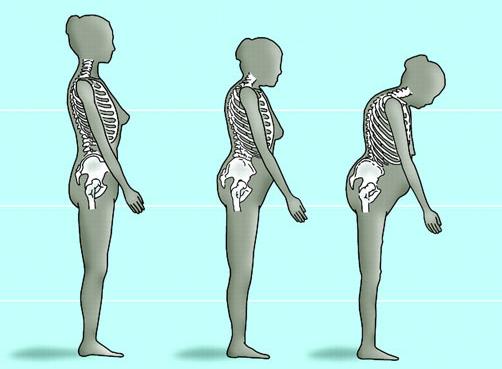
A typical sign of aging is the loss of bone mass. The terms “osteopenia” and “osteoporosis” are often used to describe this process. However, they are different conditions. Osteopenia is the thinning of bone mass and describes low bone density. It is not considered a disease but is a very serious risk factor and precursor to osteoporosis. Osteoporosis is the “fragile bone disease” and is characterized by a loss of bone mass usually due to a deficiency in calcium, vitamin D, magnesium, and other vitamins/minerals. Both conditions can increase risk of fractures. Osteoporosis can result in loss of height, stooped posture, humpback, and severe pain symptoms.
Continue Reading »
Written by Jon on September 18, 2013 |
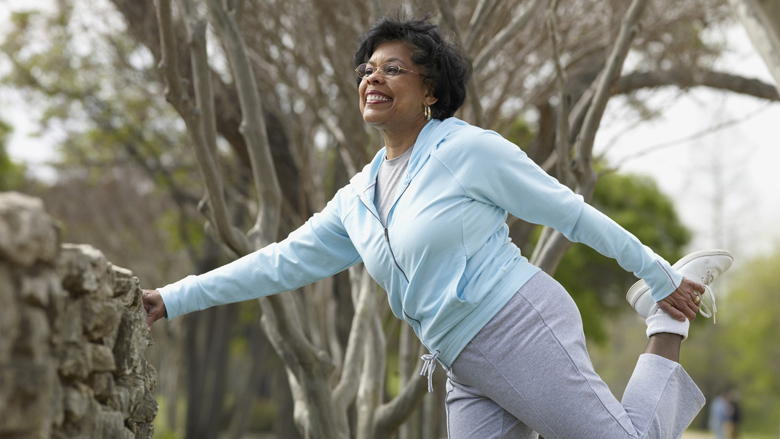
Adult Stretching In Park
As we age, our muscles become shorter and lose their elasticity. We begin to have decreased range of motion in our joints and difficulty moving. The less a person moves, the weaker they can become. For older adults, the fear of falling and injury prevents them from wanting to move at all. So the cycle continues with decreased mobility and increased weakness. Fortunately, a regular stretching program can help older adults
Continue Reading »
Written by Jon on September 12, 2013 |

As the start of a new football season begins, the subject of concussions will again be a topic of discussion among coaches, players, and parents. However, concussions are something that can occur anytime and anywhere – not just on the football field or with sports activities.
Continue Reading »
Written by Jon on September 4, 2013 |

Do you notice your child doing any of these when using his or her backpack?
- leans forward to carry the backpack
- has difficulty getting the backpack on or off
- complains of pain symptoms
As your children prepare for their return to school, you may be concerned about what kind of backpack to buy for your child. In this case, “one size” does NOT fit all. So how should you choose?
I wrote an important article about backbacks last year that will help you pick the correct backpack.
Written by Michael on August 28, 2013 |
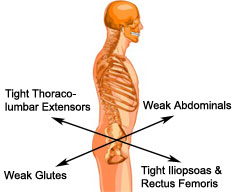
Is your golf swing hurting you?
One common phenomenon that can lead to these compensations is called Lower Crossed Syndrome. It was first established by a Czech physician named Vladimir Janda. He noticed that over time, people developed the same muscle imbalances that caused poor posture and movement mechanics.
Continue Reading »
Written by Michael on August 21, 2013 |
Swinging a golf club requires an immense amount of flexibility and strength. Our muscles must have the proper length and firing pattern to allow it to move in the correct planes at the precise time. Our spinal, hip, knee, ankle, shoulder, elbow, and wrist joints have to allow the proper amount of mobility and to obtain those ranges of motion in the golf swing. When one joint or muscle is tight or weak, the body naturally compensates, which puts extra stress on these overused joints or muscles. Overtime, this can result in degenerative or arthritic changes in the joints and/or muscle strains or tears. You can prevent these compensations from happening by simply getting a golf evaluation. Call us at ProActive if you have any questions about what an evaluation encompasses.
Written by Michael on August 14, 2013 |
The game of golf has grown from a niche sport to one that all ages, shapes, and sizes of people play all over the world. Here in Southern California, we have hundreds of golf courses for thousands of golfers and a lot of these golfers are playing in pain. I am a Titleist Performance Institute (TPI) Certified Professional and one of my goals is to get those golfers swinging pain-free and enjoying their time more out on the course. If you have an injury or pain when playing golf, don’t continue playing through the pain.
Continue Reading »
Written by Michael on August 8, 2013 |

As a physical therapist, one of the most important things that we can do for our patients is to educate them. Informing our patients on why they are in pain or are not able to run is an essential aspect of rehab. After determining the impairments and the cause of pain, your ProActive Physical Therapy and Sports Medicine PT will come up with ways to  Continue Reading »
Continue Reading »
Written by Rachel on July 31, 2013 |
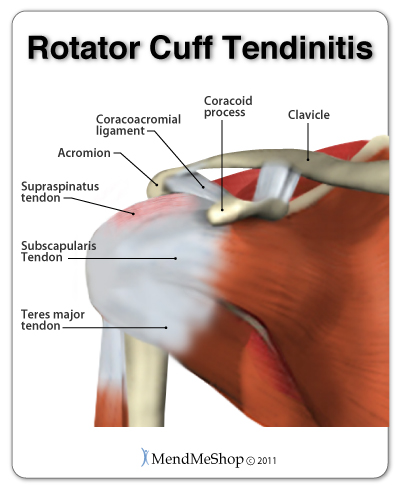
I would like to go out on a limb here (no pun intended) and say that the shoulder is the doozie of all tendonitis’. This would be my professional opinion as it is one of the most common impairments I come across on a daily basis. There are many different stages of irritation to the shoulder, that categorize as “non traumatic” (this means no specific mechanism of injury, fall, car accident or specific date of injury) I will further discuss how it starts, how it changes, worsens and can become one of the most dreaded injuries to the body….the rotator cuff tear. So, being this one of my favorite problems to treat, here goes the most simplistic explanation of how it starts, how it worsens and WHY it is so important to treat EARLY on.
Continue Reading »
Written by Rachel on July 24, 2013 |
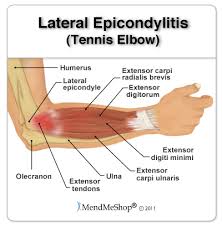
By definition, lateral epicondylitis (aka tennis elbow) is trauma affecting the origin of the tendons of the muscles that extend the wrist. This pathology results from many different causes. The most common are: mechanical problems, anatomical factors and lifestyle/work related tasks and or sport specific factors. Diagnosis of this common syndrome is somewhat straightforward.
Continue Reading »









